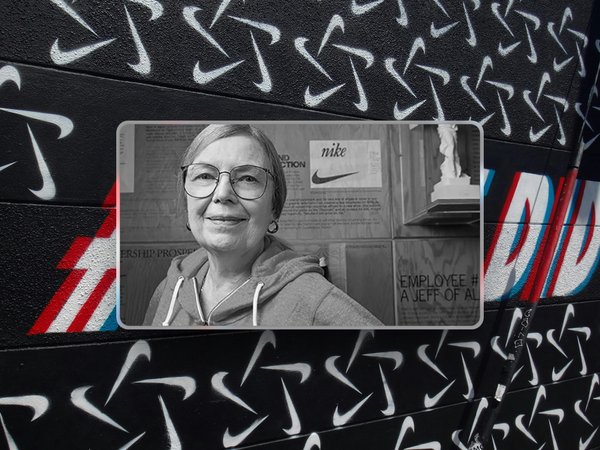The Hidden Struggles of Design Leadership in Non-Design-Centric Companies
Being a good designer is being a good communicator, and that's not for everyone

The design world has its share of influencers who inspire and educate.
However, many of them operate from a place of privilege—whether it's their background, the companies they've worked at, or the platforms they've built.
For the majority of designers, though, the reality is quite different. Design is often undervalued, misinterpreted, or simply misunderstood.
And for designers in leadership roles, that disconnect creates unique, often unseen challenges.
When Design is Seen as "Just Pretty Things"
Many organisations still view design as the final aesthetic polish.
It’s a mindset that reduces the design team’s contributions to making things "look good" after product decisions have been made.
For designers stepping into leadership roles, pushing back on this mindset is incredibly taxing.
It’s not about justifying one’s existence; it’s about advocating for a strategic design that solves real problems and adds value beyond surface-level aesthetics.
The Battle Against Short-Term Thinking
Another often unspoken challenge is the push for immediate results, especially in startups or product-focused companies that prioritise quick wins over sustainable growth.
While the “fail fast” culture can work for development, it’s challenging for designers who understand that user experience is a longer-term investment.
Designers in leadership roles often find themselves torn between advocating for a better user experience and delivering rapid-fire updates to satisfy business needs.
The Influence of Privilege in the Design Narrative
In spaces like LinkedIn and conference panels, we see successful design leaders who’ve worked with top-tier brands or had access to mentorship and resources early on.
For them, design leadership might involve inspiring a team or refining a mature design system.
But for most designers, especially those without these advantages, leadership can mean battling for a seat at the table or convincing stakeholders why user testing is even necessary.
This gap in privilege creates a disparity between what’s discussed as “design leadership” and the real experiences of many designers.
Constantly Advocating for Design Literacy
Many designers spend a significant amount of time educating others on what design truly involves.
Leadership in design, particularly in an organization with low design literacy, means having to advocate continuously for design’s value.
It's meetings explaining UX metrics, walking through user feedback, and justifying why a well-researched wireframe might take precedence over a stakeholder’s personal preferences. Feeling Like an Outsider in a Product-First Culture Product-led companies can sometimes overlook design’s contributions to user experience in favor of features and development speed.
Designers in these environments often report feeling like outsiders, even as they sit on product teams.
For design leaders, this means not only balancing team morale but also finding subtle ways to ensure design’s role isn’t overlooked entirely.
The Toll of Invisible Work
In companies where design is sidelined, designers often end up doing “invisible work” that never sees the light of day.
They create design systems that aren’t implemented, conduct user research that’s ignored, or craft mockups that don’t make it past the first review.
Design leaders end up carrying the weight of this wasted potential and, at times, the frustration of a team eager to contribute but restricted by business constraints. There’s a lot of work ahead to ensure that design leadership is more inclusive of these perspectives.
Many designers work in environments where design’s value isn’t immediately recognized, where short-term gains are prioritized over UX, and where the struggle to educate others on what design is feels like a never-ending battle.
Recognizing these challenges publicly can help create a more grounded conversation about what design leadership truly entails and why it’s worth advocating for better design literacy across the board.





